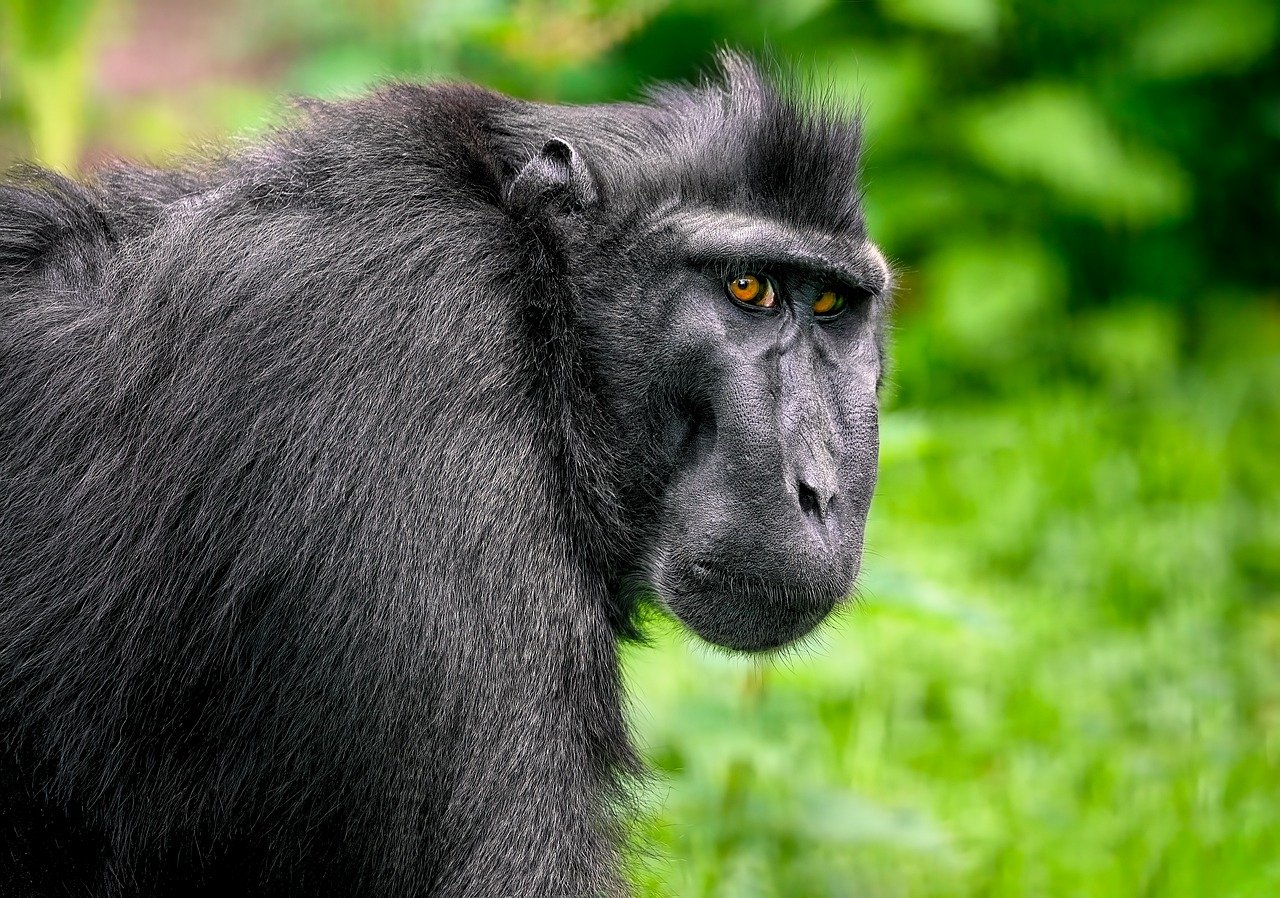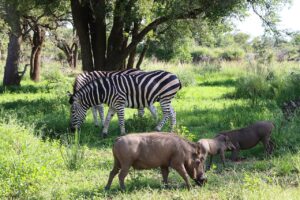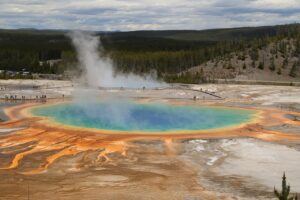Unveiling the Wilderness: A Guide to Exploring Tangkoko National Park in Sulawesi
Nestled in the northern tip of Sulawesi, Indonesia, lies a gem of biodiversity waiting to be explored: Tangkoko National Park. For wildlife enthusiasts and adventure seekers alike, this park offers a captivating glimpse into the untamed beauty of nature. From endangered species to lush rainforests, Tangkoko is a sanctuary for diverse flora and fauna. Here’s everything you need to know to make the most of your visit:
1. Getting There: Tangkoko National Park is easily accessible from Manado, the capital of North Sulawesi. Visitors can arrange transportation through local tour operators or rent a car for a scenic drive to the park. The journey offers breathtaking views of the Sulawesi coastline and picturesque landscapes along the way.
2. Wildlife Encounters: One of the main attractions of Tangkoko National Park is its rich biodiversity. The park is home to a wide variety of wildlife, including endemic species found nowhere else on Earth. Visitors can embark on guided treks through the jungle to spot rare animals such as the critically endangered crested black macaque, spectral tarsier, and Sulawesi bear cuscus. Keep your camera ready for encounters with these fascinating creatures in their natural habitat.
3. Birdwatching Paradise: With over 200 bird species recorded within its boundaries, Tangkoko National Park is a haven for birdwatchers. From colorful kingfishers to majestic hornbills, the park offers ample opportunities to observe avian diversity up close. Early morning hikes are ideal for birdwatching, as many species are most active during the cooler hours of the day.
4. Trekking Trails: Explore the park’s network of trekking trails to discover its hidden treasures. From easy walks to more challenging hikes, there’s something for every level of adventurer. Trained guides lead visitors through dense jungle terrain, pointing out rare plants, insects, and other wildlife along the way. Don’t forget to wear sturdy footwear and bring plenty of water for your trek.
5. Conservation Efforts: Tangkoko National Park plays a vital role in the conservation of Sulawesi’s unique biodiversity. Park authorities work tirelessly to protect its fragile ecosystems and endangered species from threats such as poaching and habitat destruction. By visiting the park responsibly and supporting sustainable tourism initiatives, visitors can contribute to its long-term preservation.
6. Practical Tips: Before visiting Tangkoko National Park, there are a few things to keep in mind. Be sure to obtain the necessary permits and pay entrance fees at the park office before exploring. Respect wildlife and their habitats by maintaining a safe distance and refraining from feeding or disturbing them. Additionally, pack essentials such as insect repellent, sunscreen, and rain gear to ensure a comfortable and enjoyable experience.
7. Accommodation Options: While there are no accommodations within Tangkoko National Park itself, visitors can find a range of lodging options in nearby villages and towns. From budget-friendly guesthouses to eco-friendly resorts, there’s something to suit every traveler’s preferences. Consider staying overnight to fully immerse yourself in the sights and sounds of the jungle after dark.
8. Seasonal Considerations: The best time to visit Tangkoko National Park is during the dry season, from May to October, when weather conditions are most favorable for outdoor activities. However, the park can be visited year-round, with each season offering unique experiences for visitors. Keep in mind that heavy rainfall during the wet season, from November to April, may affect accessibility and visibility in the park.
In conclusion, a visit to Tangkoko National Park is an unforgettable adventure into the heart of Sulawesi’s wilderness. From rare wildlife sightings to breathtaking natural scenery, this hidden gem offers a truly immersive experience for nature lovers. By following our guide and embracing responsible tourism practices, you can make the most of your visit while supporting the conservation efforts that help protect this pristine ecosystem for future generations to enjoy.






